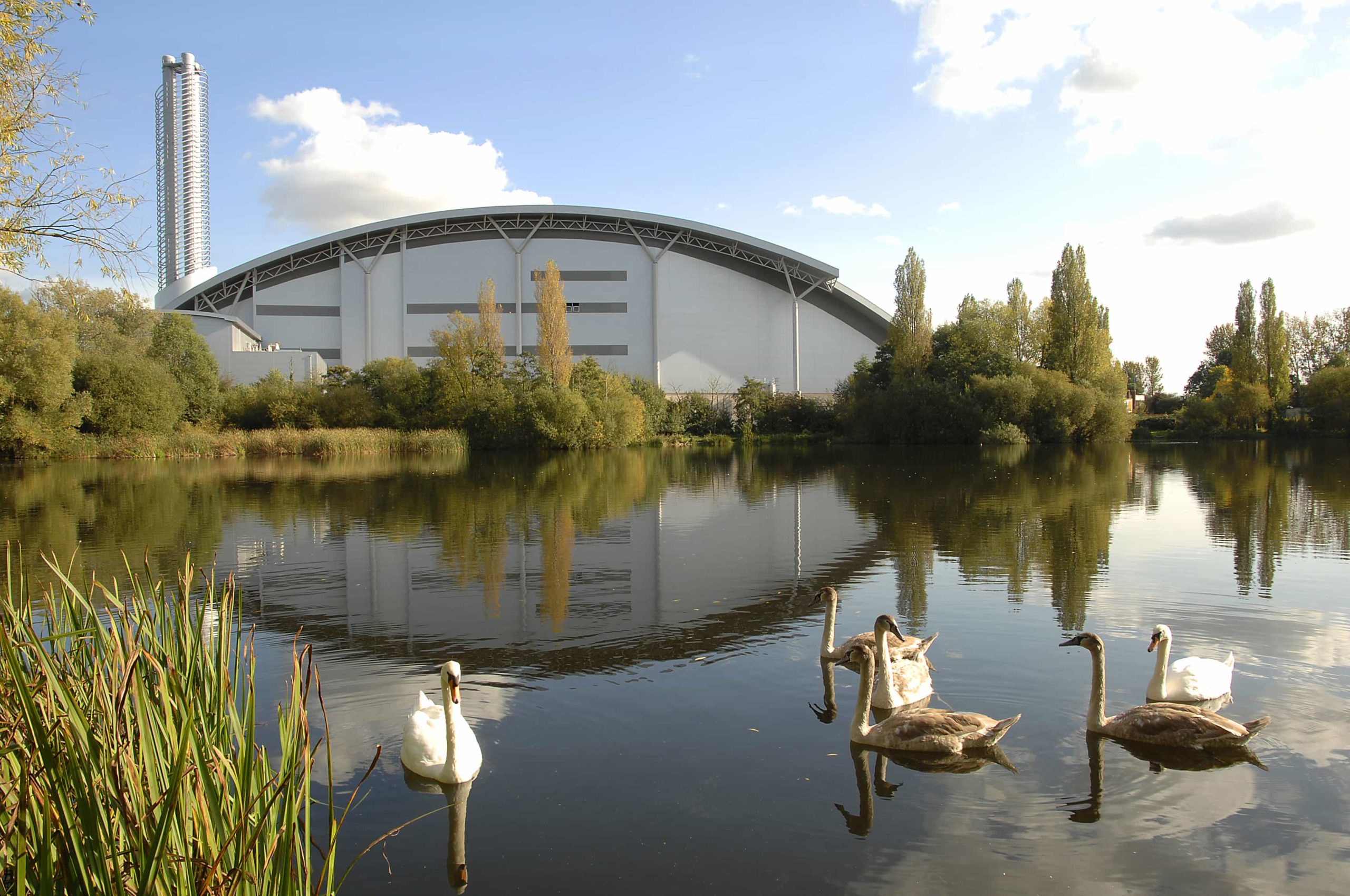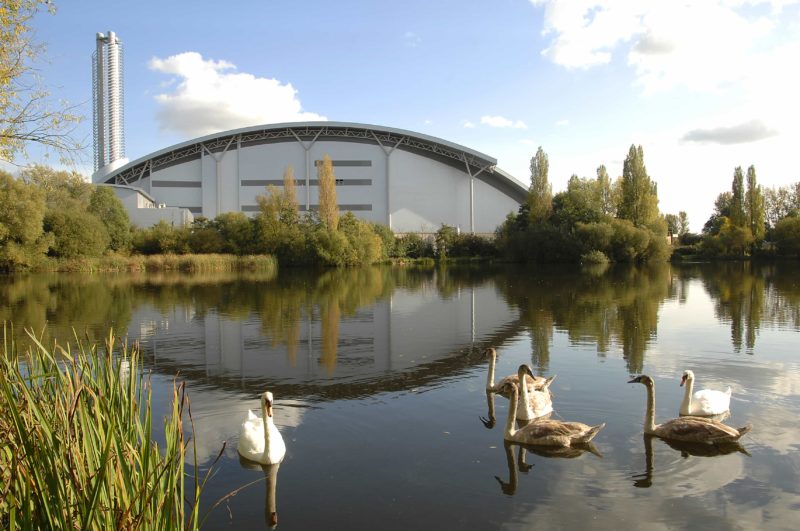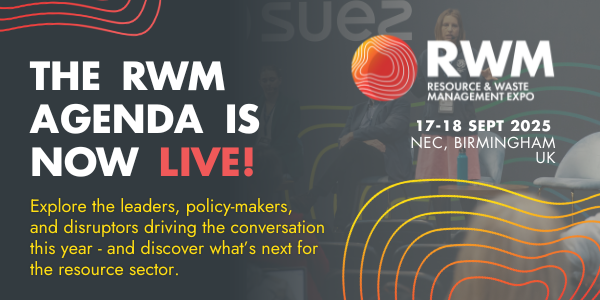
Last month (April), Britain recorded its first ever working day without coal power since the Industrial Revolution. Instead the country was powered by gas and renewables such as wind and solar.
Given that the sun doesn’t shine as often as we might like and wind power can sometimes feel more like a wet weekend, the role that Energy from Waste (EfW) facilities play should be taken more seriously.
Take for example our own joint venture Lakeside Energy from Waste facility at Colnbrook. It generates 37 MW of electricity, a small amount of which is used to power the plant itself, with the vast majority being exported to the National Grid.
Lakeside produces enough electricity to power approximately 50,000 homes, equivalent to a town the size of Slough.
That’s just one facility, so imagine how much more could be achieved if the Government were brave enough to put its weight behind more EfW plant investment and development.
EfW facilities don’t have to wait for the sun to shine or the wind to blow, the beauty of their dual purpose is to tackle the ongoing waste mountain (when we’re allowed to keep it on our shores) and to add real tangible energy to our National Grid – day in and day out, whatever the weather.
Moreover, EfW plants build on this country’s glorious heritage of innovation and manufacturing.

It’s nearly 150 years since the first incinerator for the combustion of waste was built in Nottingham by Manlove, Alliott and Co ltd. Fast forward to 1912 and by then, 300 incinerators had been built, more than 80 of which produced electricity.
It shows how amazingly resourceful a nation becomes when it has to rely on others to supply its energy needs.
By the middle of the 20th Century fuel supplies were cheaper, although that did not stop large city corporations planning waste to energy facilities in places like London and Sheffield in the 1970’s as a buffer against spikes in fuel prices and as a means of tidying up a scarred post-industrial landscape.
The mid-1990s however, saw trends move towards super-landfills and, by then, just 5% of our household waste was destined for the incinerator.
So where are we now with EfW plants? The truth is that here in the UK, the focus these days is far more about the air quality of what comes out, as opposed to what goes in and the many benefits that can be achieved, such as renewable energy.
As April’s results showed, renewable energy is the future and I believe that both existing and future (planning permission not withstanding) EfW plants should play an increasing role in the power mix.
That is despite the fact that most of the innovative technology we originally led the world in has now been exported alongside the waste we still send to be burnt in Europe – a shortsighted remedy if ever there was one.
I want future generations to grow up with clean air, but I also want to see this country learn from and embrace its great industrial traditions.
May the (renewable energy) force be with you.







Subscribe for free